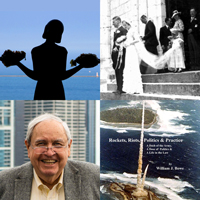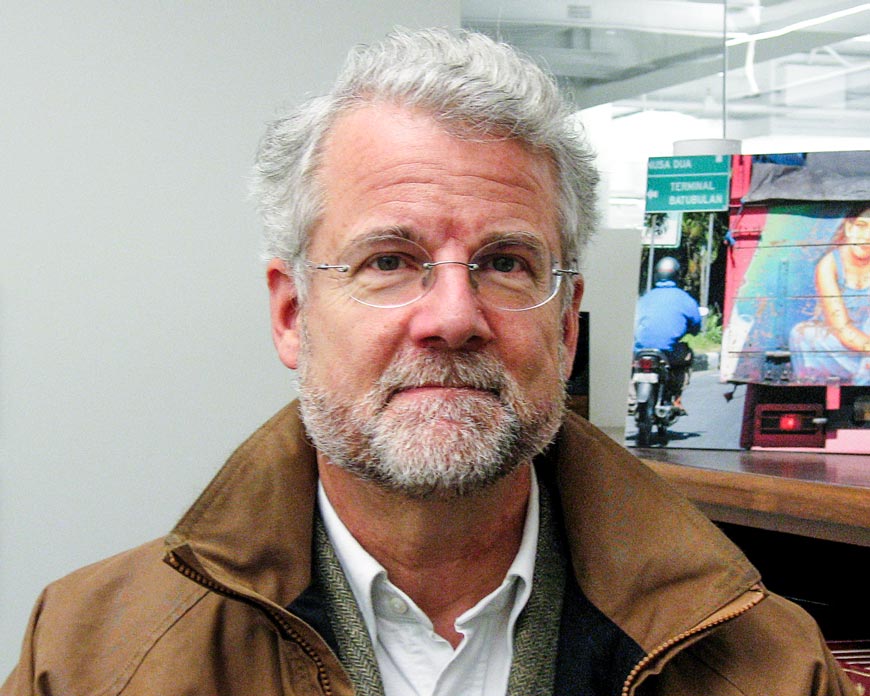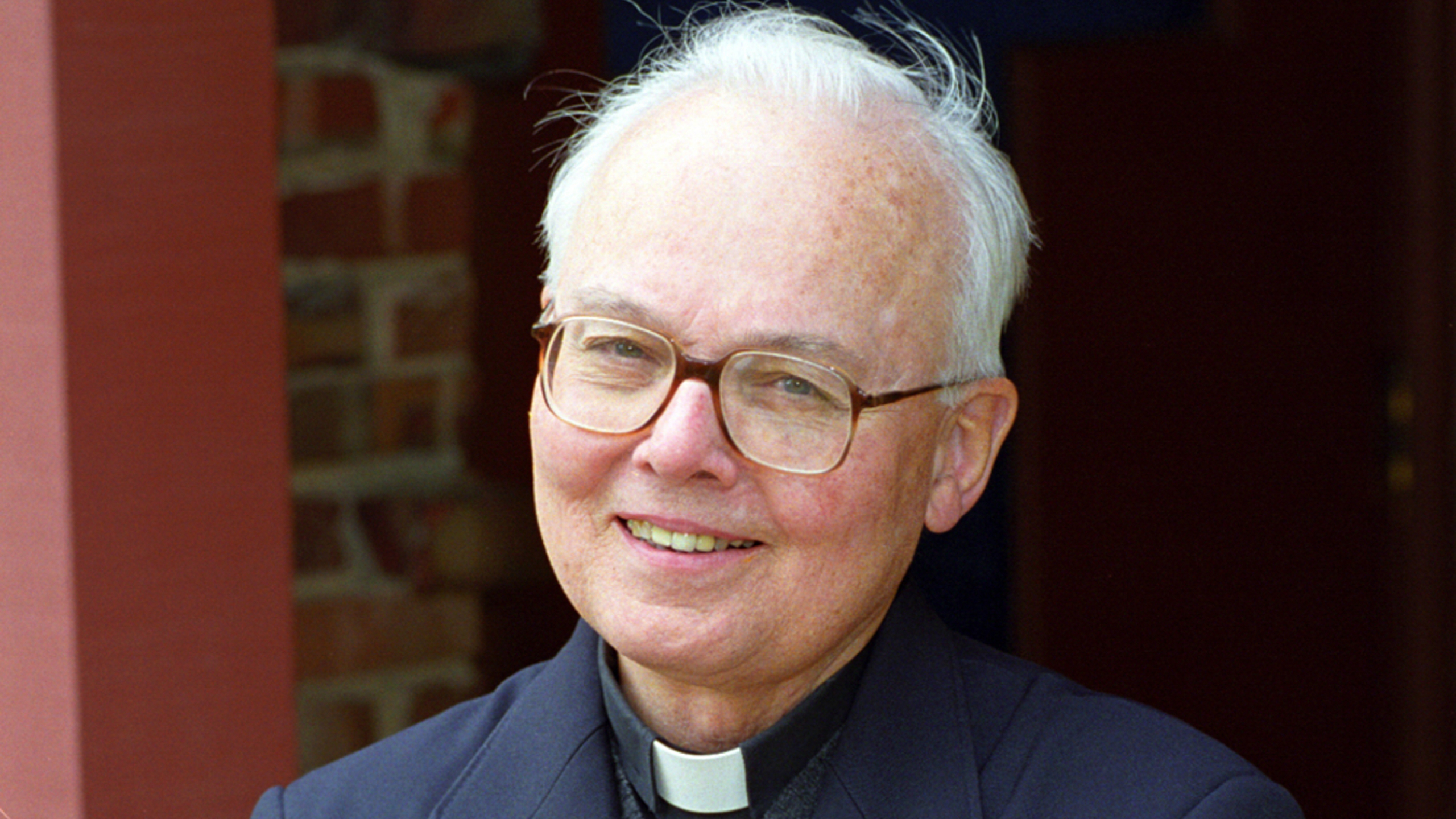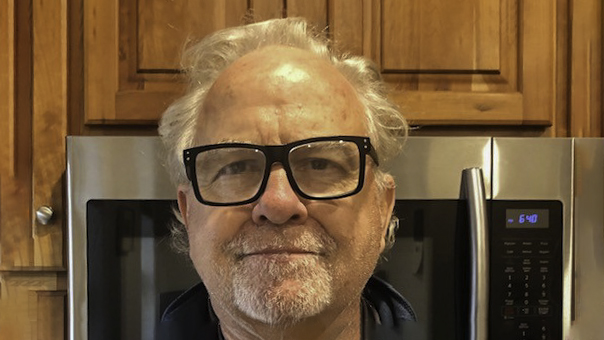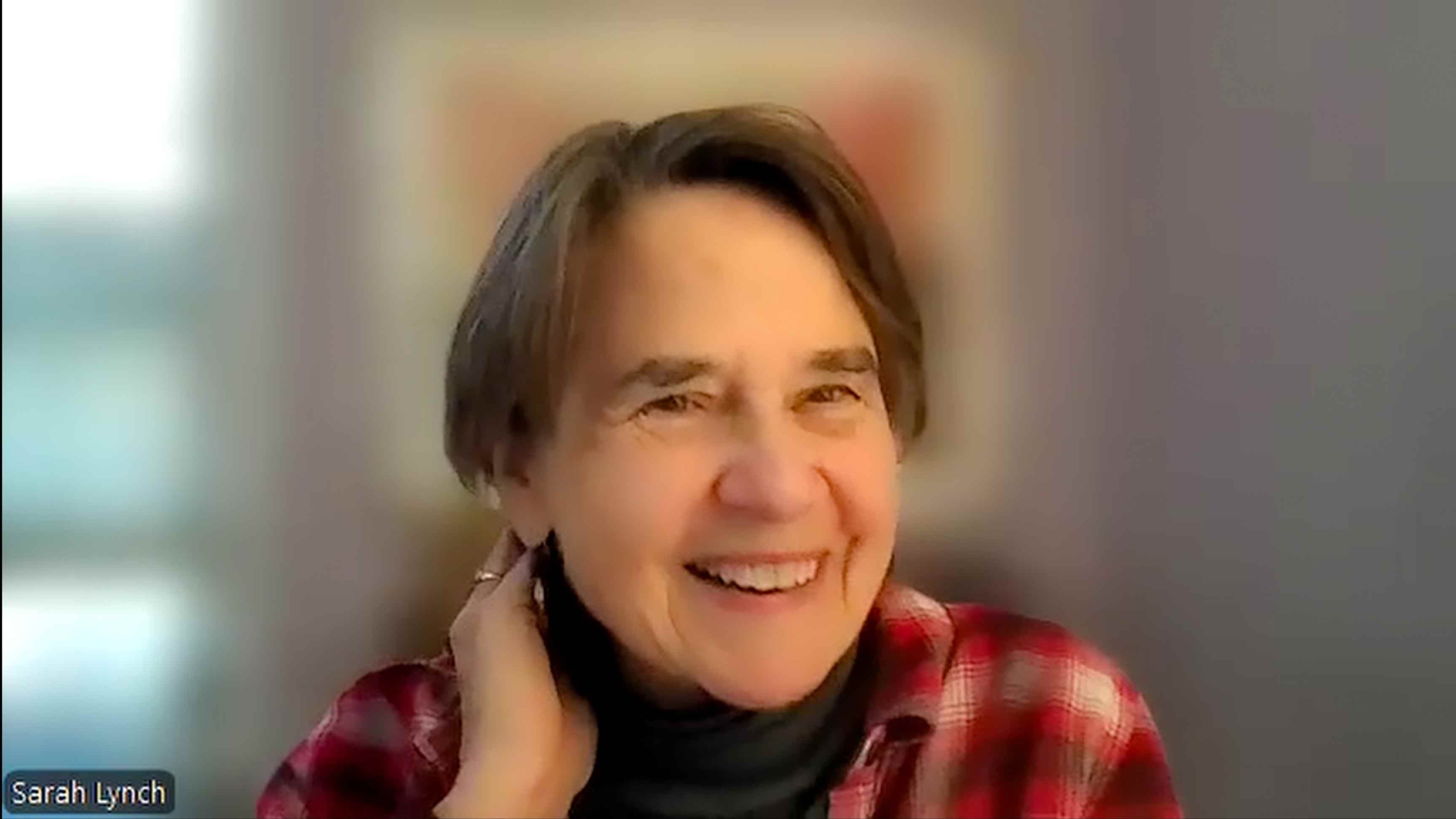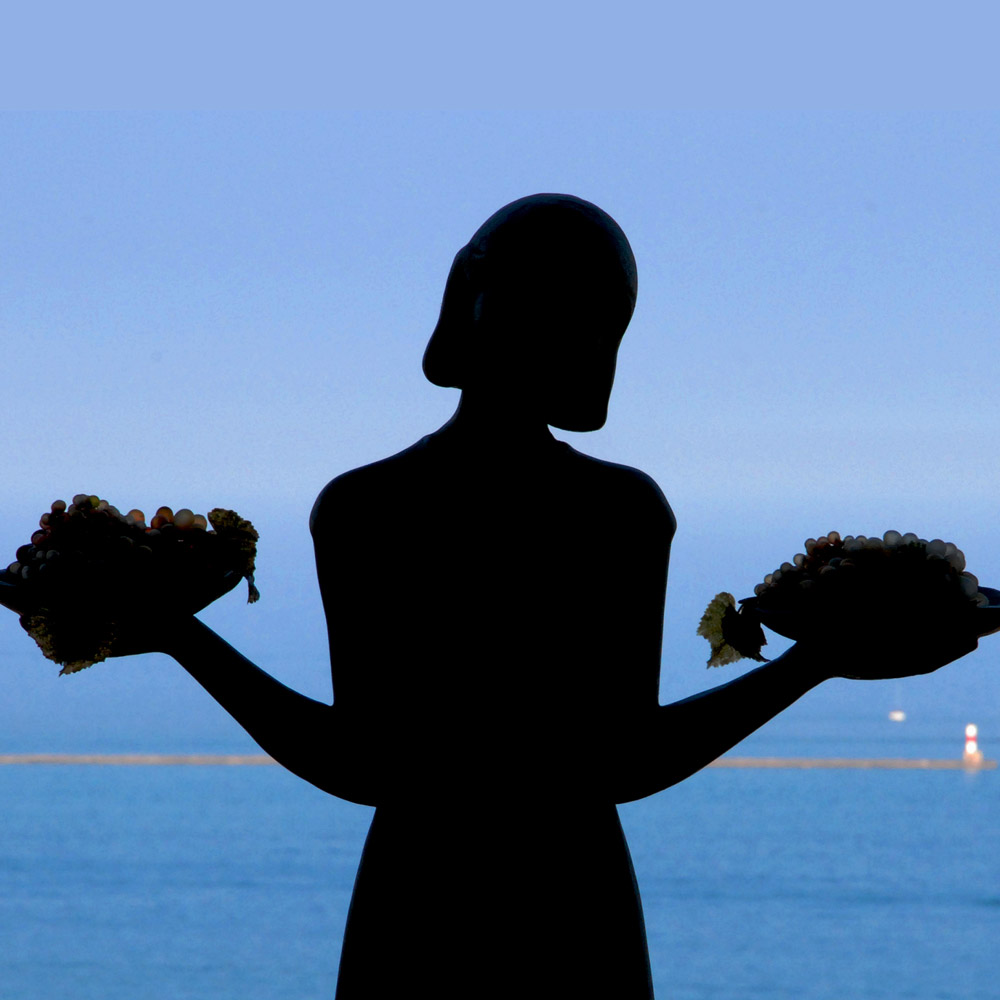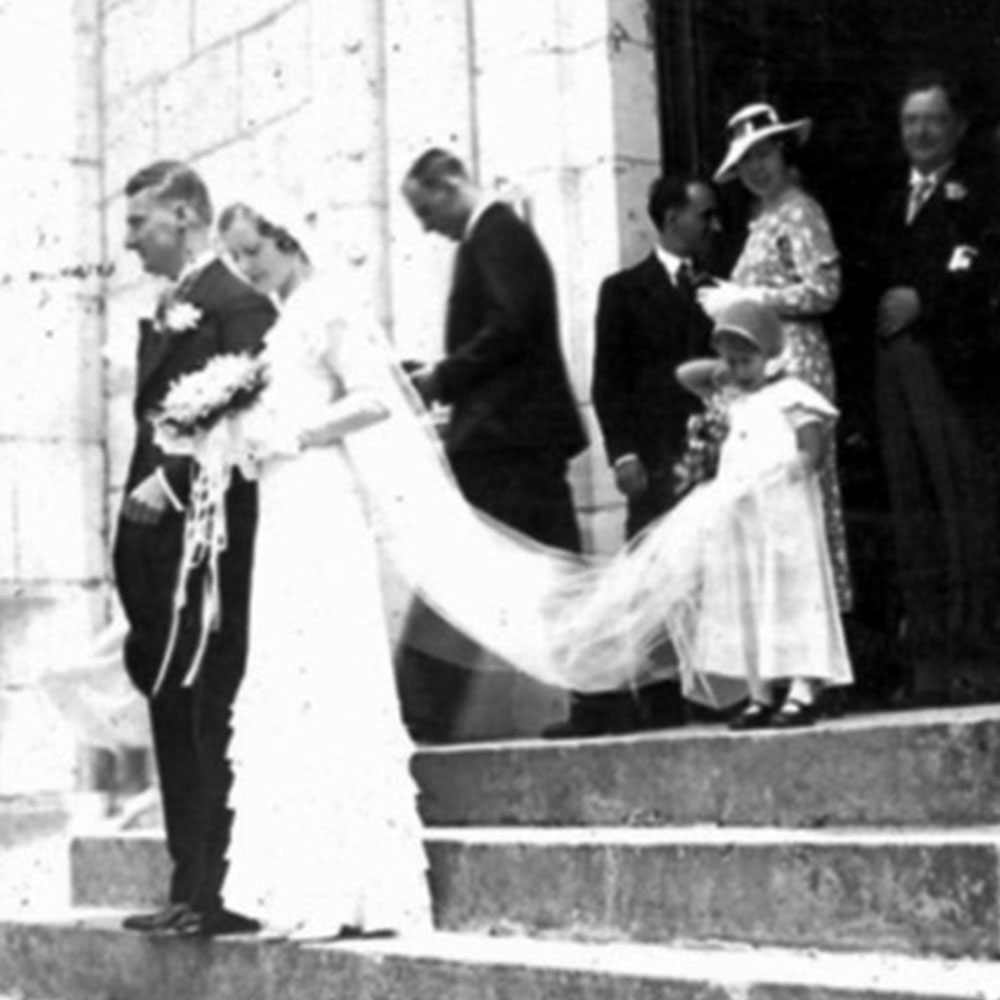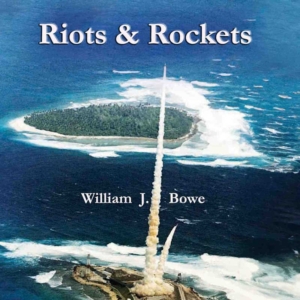For our final stop in Southeast Asia in 2004, we flew from Bangkok to Bali, a tropical island in eastern Indonesia. We arrived at the Bali International Airport on the peninsula at the southern tip of the island and had just a short drive to the Nusa Dua Beach Hotel. The hotel was a sprawling complex complete with much artwork featuring Balinese sculptures and paintings.
The next morning we were off in a colorful bus to visit a local shopping area called the Galleria, where we looked in on a demonstration of Bali yarn fabric weaving. From there we drove to the royal water temple of Pura Taman Ayun and walked its quiet grounds. The Hindu temple is located in Mengwi Village, a few miles north of Bali’s capital of Denpasar. Being one of six royal temples in Bali makes it important both spiritually and historically. The temple’s name translates to the “Garden Temple in the Water.” The temple’s distinctive Meru towers are dedicated to Hindu gods and consist of a brick base with a wood room on stilts above it. Above this is a series of spaces with thatched roofs, each smaller than the one below it. Sacred objects are usually placed or buried in parts of the multi-tiered towers. The most prestigious Meru towers contain 11 tiers.
In the evening, just before sunset, we went to the Tanal Lot Hindu Temple. This is a tourist must-see at this time of day, located picturesquely as it is on a cliff outcrop high above Bali’s western shore.
The next day we drove north to Ubud, located in the center of Bali. The town was originally important as a source of medicinal herbs and plants before its cultural importance was later cemented by its growth as an art center. Islamic terrorist bombings in Bali killed 202 two years before we got to Ubud and tourism had not yet recovered. As a result, the Ubud Monkey Forest Sanctuary that we visited was largely devoid of the tourists who normally gawk at the more than 700 gray long-tailed macaques in residence. The sanctuary had paved pathways that weaved through a nutmeg forest that also had room for historic temples.
From Ubud we continued driving north 20 minutes until we reached the Gunung Kawi Hindu Temple, located in the small village of Sebatu. The temple is dedicated to Vishnu, the Hindu god said to rule over water. The temple complex has a natural spring, which feeds a variety of ponds and pools. The lush landscape combined with the water features normally gives Gunung Kawi Sebatu a totally calm and peaceful atmosphere. We happened to arrive on a rare festival day, so it was filled with visitors, offerings and musicians. Andy put on a sarong and quickly got into the spirit of it all.
Our journey that day stopped in time for lunch at a restaurant sitting on the edge of the Gunung Agung volcano. It had last erupted in 1963, after being quiet for over a century. Back then a cloud was first noticed rising from the crater, followed by the ejection of bombs and blocks. It was still occasionally belching smoke and ash when we got there.
Our return drive to the hotel took us back through Ubud, through terraced rice fields and finally crowded Denpasar.
With out trip to Southeast Asia then at an end, we finished our time in Bali by relaxing at the hotel’s beach and pools before heading to the airport for the flight to Singapore and our nonstop return from there to Chicago.


